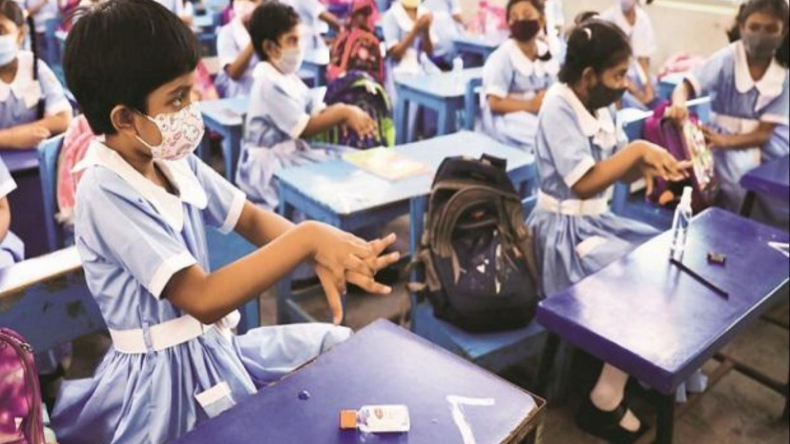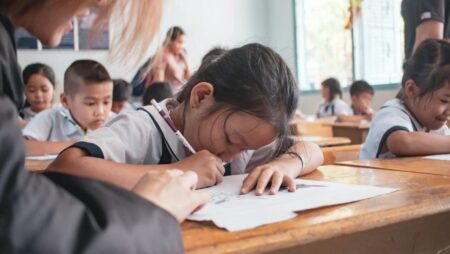The deadly disease Covid – 19 was first discovered in China in 2019; since then, it has affected the whole world, and everything got affected by this tiny little virus.
Millions of people died worldwide, from the industrial sector to daily wage earners, from tourism to education. Millions of enterprises face an existential threat.
Nearly half of the world, 3.3 billion global workforces are at risk of losing their livelihoods. As per the report of the United Nations, almost 24 million children are at risk of not returning to school due to the economic fallout of COVID-19.
More than 1.6 billion students worldwide have been affected by the total closure of the educational system, but the pandemic has also shown disparities between developed and developing countries.

Countries with low income and huge populations are hit harder and longer by the virus.
During the second half of 2020, almost 86 percent at the primary level have been effectively out of school in developing countries, compared to just 20% in highly developed countries.
According to UNESCO, it is estimated that 23.8 million children and youths from primary to tertiary may drop out or may not have access to school next year due to the pandemic’s economic impact alone.
It is observed that girls and young women are disproportionately affected as school closures make them more vulnerable to child marriage, early pregnancy, and gender-based violence.
A new UNESCO report shows that over 100 million learners will fall below the minimum proficiency level in reading due to the impact of school closures worldwide.
Teachers need training and support on adjusting curricula and assessment methods to mitigate and measure learning losses and prevent vulnerable students from dropping out.
School closures also threaten decades of progress toward gender equality, placing many girls at heightened exposure to sexual exploitation, gender-based violence, forced marriage, and adolescent pregnancy.
The closures of schools also cut access to vital services for nutrition, health, and well-being. Last year, UNESCO launched a campaign to ensure that every girl can learn while schools are closed and return to the classroom when schools safely reopen.
Several experts have shown concern regarding the continuous rise in school dropout rates as a new socio-economic problem during the covid post-period in India.
Deputy Chief Minister of Delhi Manish Sisodia stated that around 15 percent of the students enrolled in government schools of Delhi are missing out on online classes.
“Continuous efforts have been made to fight this challenge. Two months back, around 20 students of the 300 in our school were untraceable. Now the number has come down to six. Teachers went to the houses of those children to find their whereabouts. Most of them are not attending classes due to lack of smart devices,” stated by a Delhi government school principal.
Throughout Asia, the education of more than 800 million learners – 400 million in South Asia, 260 million in East Asia, and 140 million in Southeast Asia – across Asia has been disrupted due to school closures since the start of the COVID-19 pandemic in early 2020.
Of that number, more than 27 million students have been waiting for almost two years to return to their classrooms, according to the report given by UNESCO and UNICEF.
For example, in some countries, the Philippines, schools have been closed throughout the pandemic, leaving an estimated 27 million children in pre-primary to secondary education without any in-person learning, a continuous period of closure from early 2020 to the present day and counting.
In Bangladesh, schools closed throughout the pandemic until 12 September, when they started reopening again.
Even now, as the world enters the last half of 2021, many children face an unprecedented second year of school closures as new variants of the coronavirus are spreading across the region.
In India, some states have started to reopen schools for the higher classes with maintaining the covid guidelines, but the chance of reopening schools for the junior ranks is not in a scene for another six months.
The pandemic has deepened the pre-existing education inequalities that were never adequately addressed between the first-world and third-world countries. As always, it has impacted marginalized students the hardest.
The economic crisis adds pressure on national education budgets and aid when increased funding is needed for education recovery. The future of an entire generation is at stake; therefore, everyone needs to ensure a safe reopening of schools as soon as possible.













